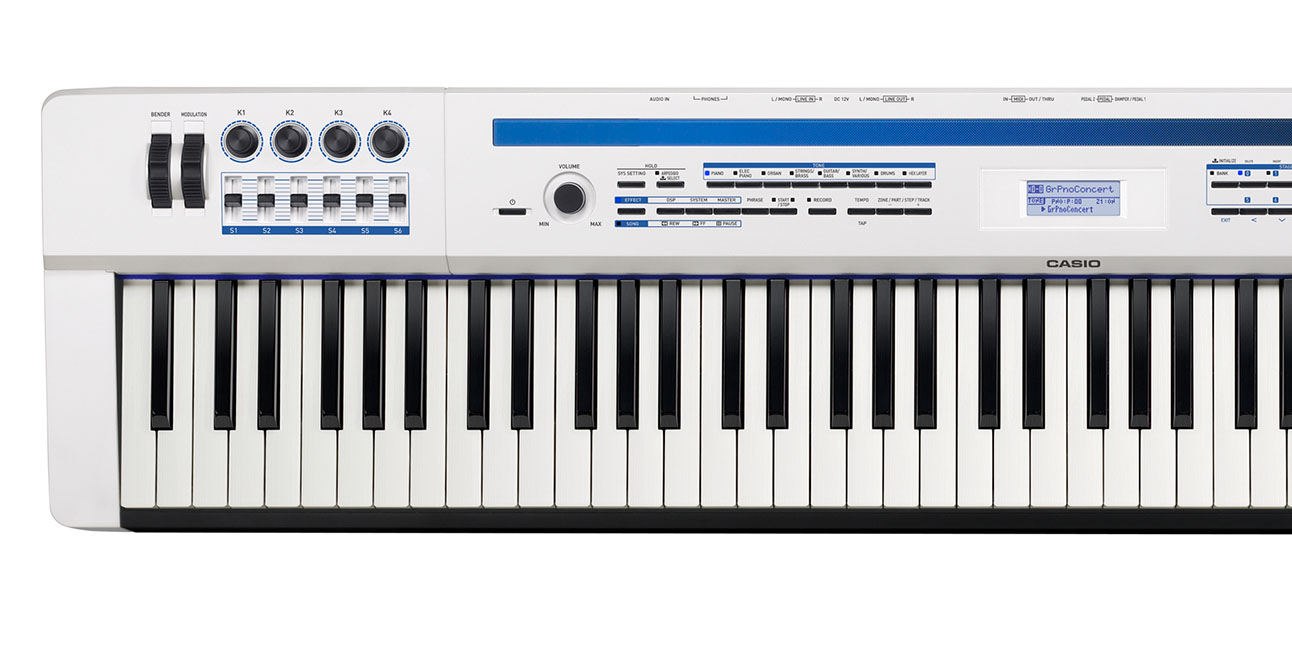When (and How) to Delete Cookies on a Disklavier DKC-800 / E3
Are you having problems with stale cookies? I recently assisted a customer via email who was having trouble using his Disklavier Piano Radio. I discovered the solution on Kevin Busse’s website; he in turn learned the solution from Yamaha’s Noah Jolly. You can read more about Noah Jolly on his website, Ground Grown Circuits. The … Read more


